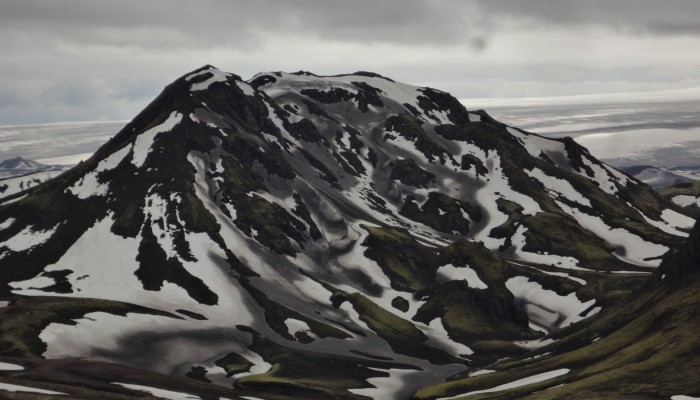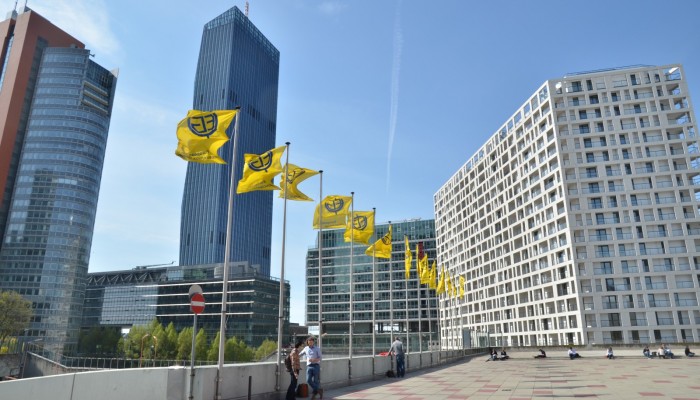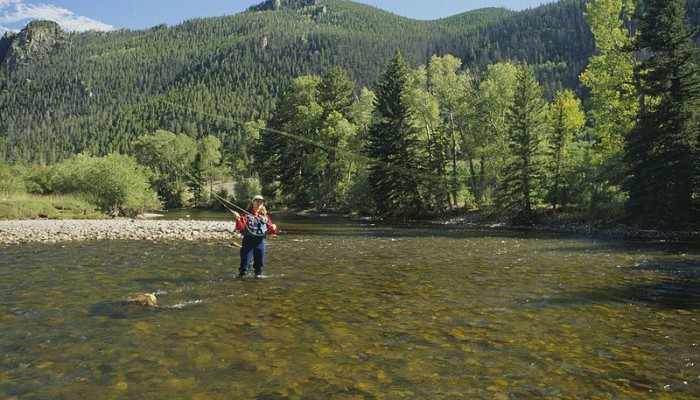Featuring today on the blog is the land of ice and fire: Iceland. That title was never better suited to (and exemplified), than it is in this photograph taken by Daniel Garcia Castellanos in June 2013. Snow capped peaks are also sprinkled by a light dusting of volcanic ash. Dive into this post to find out the source of the ash and more detail about the striking peak. The picture is dominated by a ...[Read More]
Imaggeo on Mondays: Snow and ash in Iceland



